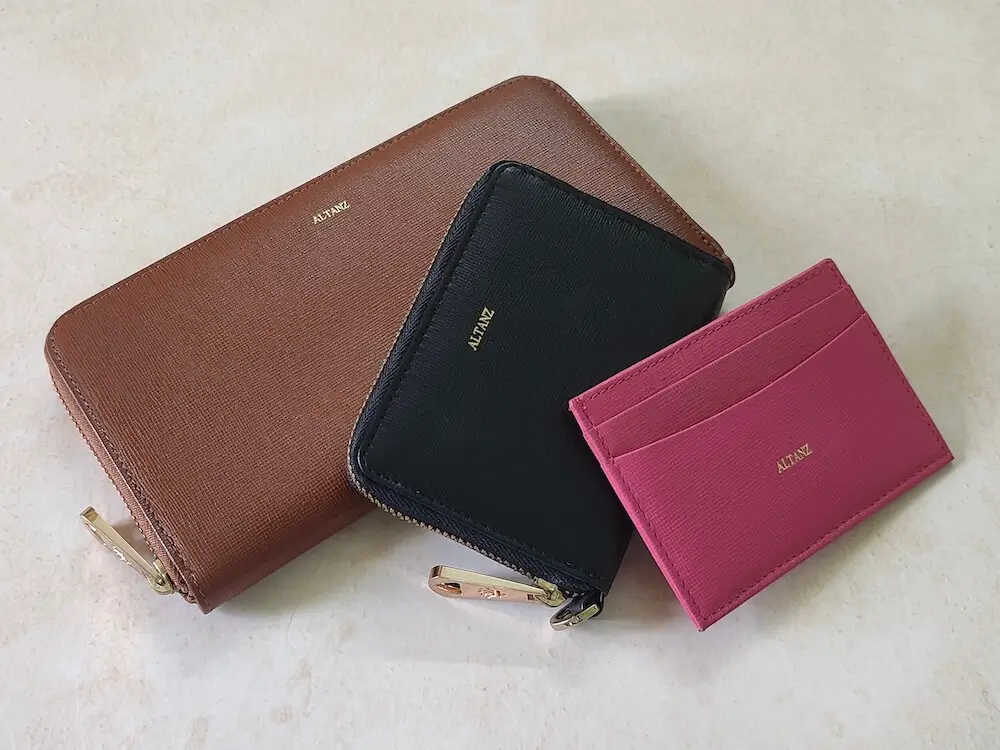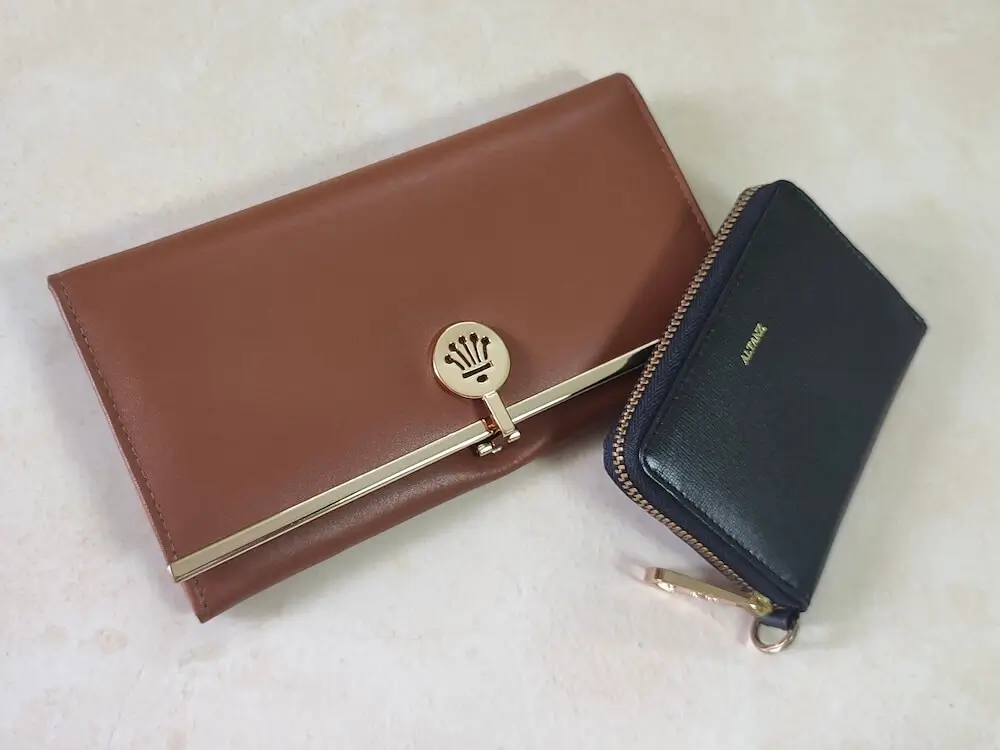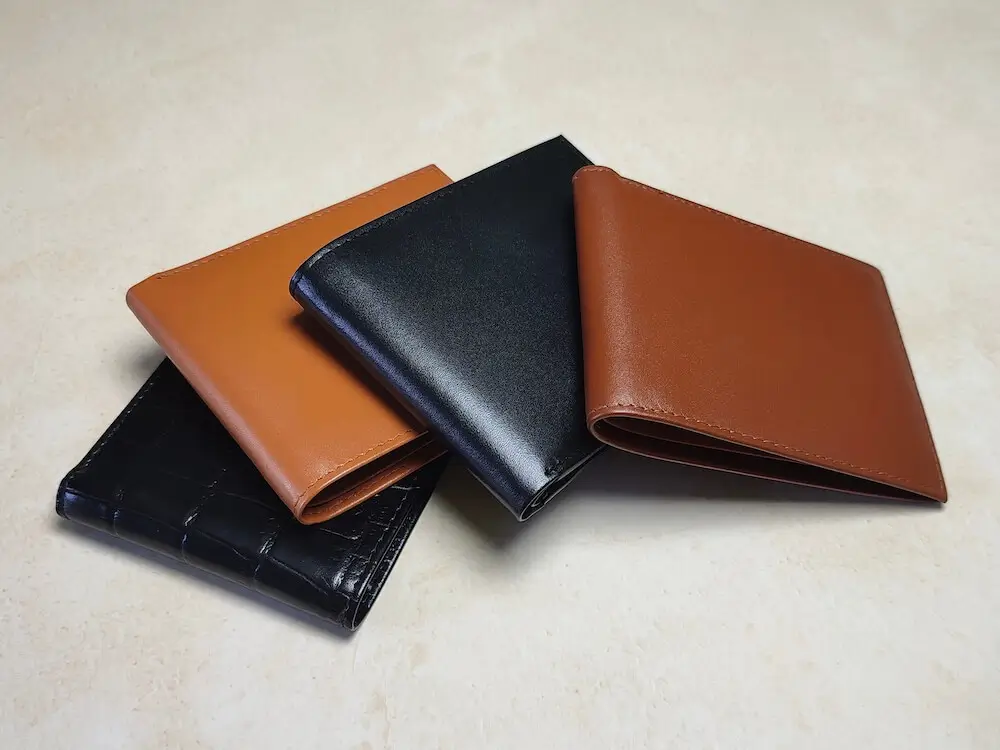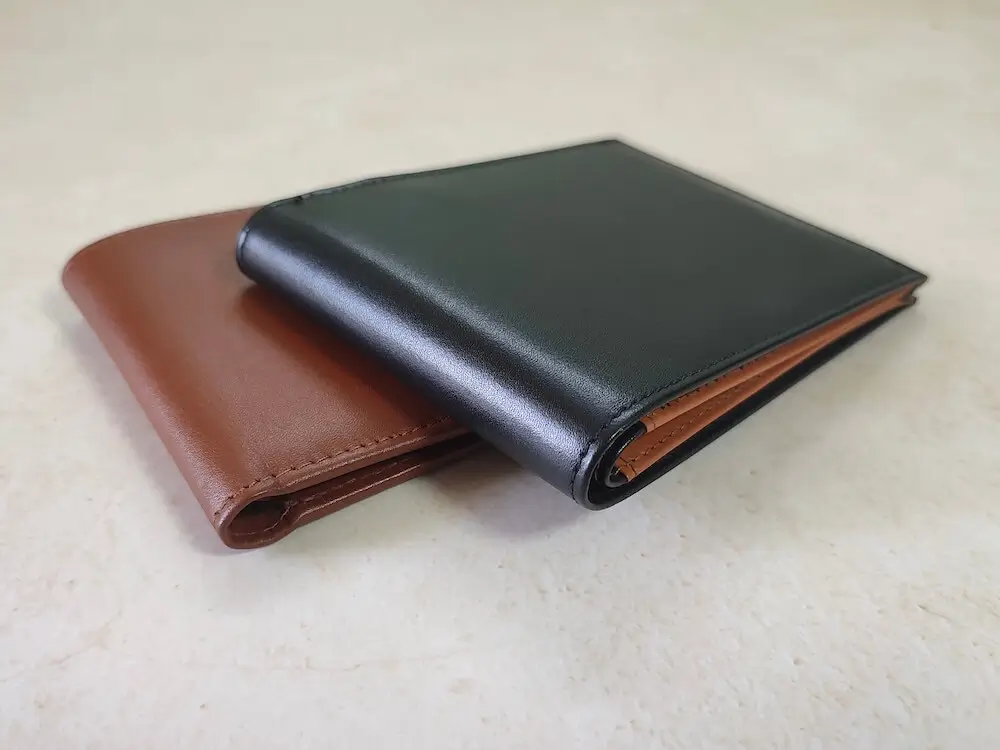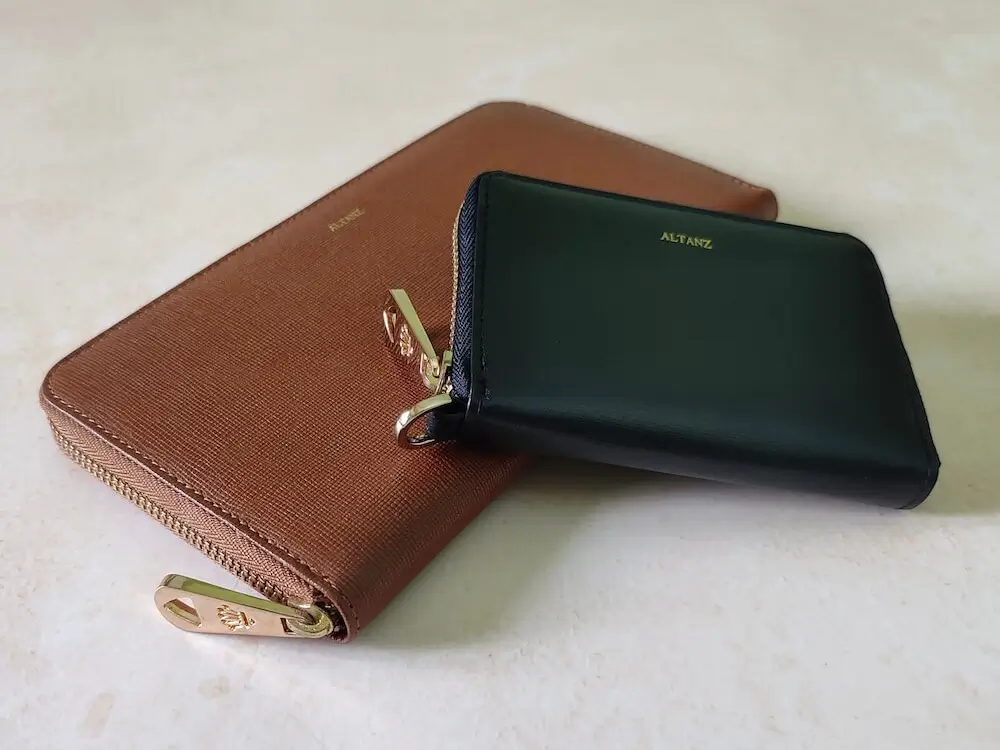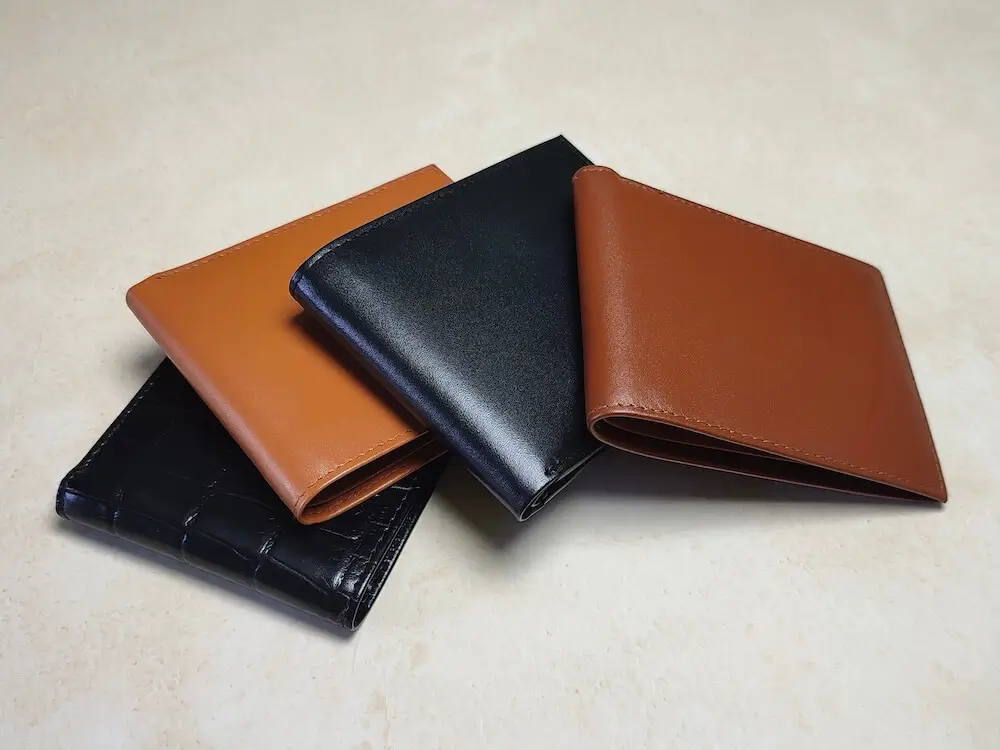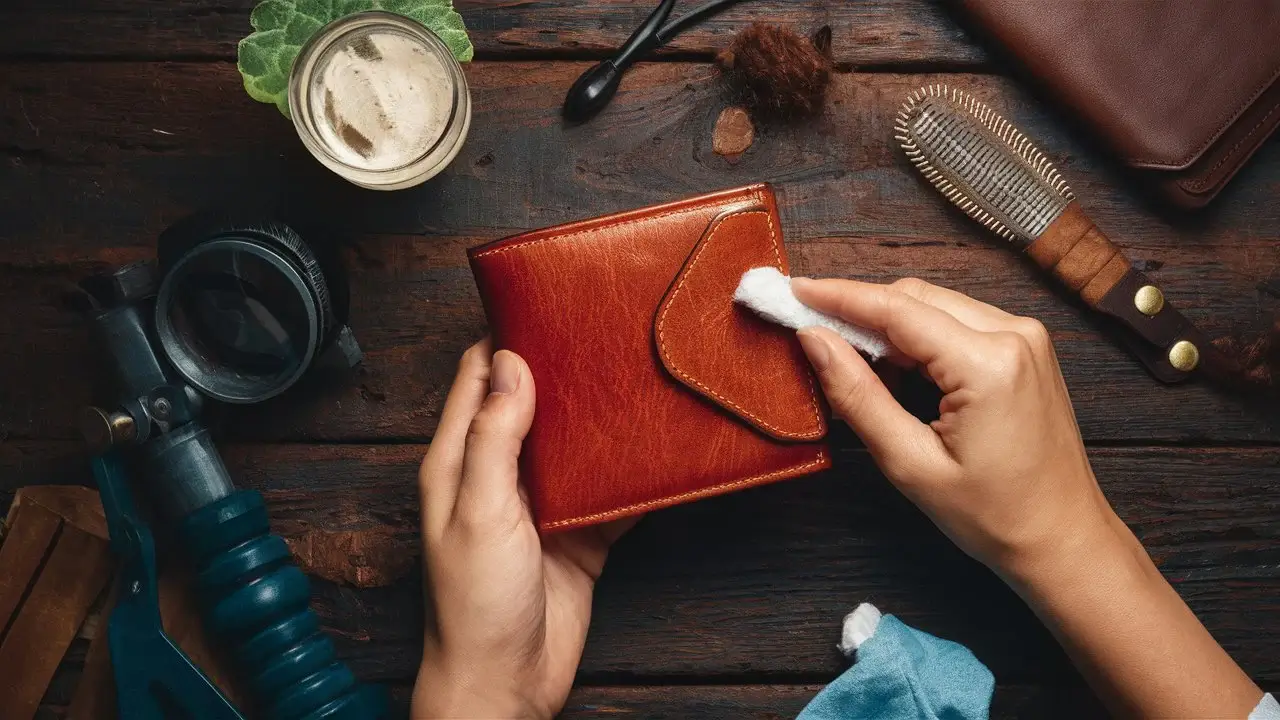Leather Care & Maintenance
How to Protect Your Leather Goods from Water Damage
Introduction
Leather goods, whether it’s a sophisticated handbag, a stylish wallet, or a sleek pair of boots, represent an investment in quality and craftsmanship. But despite its toughness, leather is a porous material that can absorb water, leading to stains, discoloration, and structural damage. Without proper protection, moisture can quickly degrade the leather, reducing its lifespan and aesthetic appeal. This article provides a comprehensive guide on how to effectively safeguard your leather items from water damage.
Table of Contents
- Introduction
- Why Water Damages Leather
- Types of Water-Resistant Leather Treatments
- How to Waterproof Leather Goods at Home
- Applying Leather Protectants: A Step-by-Step Guide
- Best Waterproofing Products for Leather
- Storing Leather Goods to Prevent Moisture Exposure
- What to Do If Leather Gets Wet
- Common Mistakes to Avoid When Waterproofing Leather
- Long-Term Care Tips for Water Protection
- Conclusion
- FAQs
Why Water Damages Leather
Leather is a natural material made from animal hide, which has microscopic pores. These pores are what make leather breathable, but they also make it susceptible to absorbing water. When leather absorbs moisture, it can cause several issues:
- Weakening of Fibers: Water breaks down the collagen fibers in leather, making it less durable and more prone to tearing.
- Staining and Discoloration: Water can leave dark spots and stains on leather, especially on untreated or light-colored items.
- Cracking and Drying: Over time, exposure to water can strip leather of its natural oils, leading to dryness and cracking.
Understanding these risks is the first step in protecting your leather goods.
Types of Water-Resistant Leather Treatments
There are several types of products and treatments available to make leather water-resistant. Knowing the difference can help you choose the right method for your specific leather items.
-
Wax-Based Creams:
- These products create a protective layer on the surface of the leather, blocking moisture. They are ideal for shoes and bags.
- Pros: Provides strong water resistance, easy to apply.
- Cons: Can darken the color of the leather slightly.
-
Silicone Sprays:
- Silicone-based sprays form a thin barrier that repels water without affecting the leather’s appearance.
- Pros: Quick and easy application, maintains the natural look of leather.
- Cons: May need frequent reapplication, especially in wet conditions.
-
Natural Oils (e.g., Mink Oil):
- Oils like mink oil penetrate the leather and help to condition it, providing a degree of water resistance.
- Pros: Nourishes and softens leather, prevents cracking.
- Cons: Can darken light-colored leather, not as effective in heavy rain.
How to Waterproof Leather Goods at Home
Waterproofing leather at home is a simple process that can significantly enhance the durability of your items. Here’s how you can do it:
-
Clean the Leather:
- Before applying any waterproofing product, clean the leather thoroughly using a damp cloth or a specialized leather cleaner. This removes dirt and oils that could interfere with the treatment.
-
Choose the Right Product:
- Select a waterproofing product that suits your leather type (e.g., wax for shoes, silicone spray for jackets).
-
Test on a Small Area:
- Always test the product on a small, inconspicuous area first to ensure it does not discolor the leather.
-
Apply Evenly:
- Follow the instructions on the product label. Apply the product evenly using a soft cloth or sponge, working it into the leather in circular motions.
-
Let It Dry:
- Allow the leather to dry naturally, away from direct heat or sunlight. This ensures that the product is fully absorbed and the leather is protected.
Applying Leather Protectants: A Step-by-Step Guide
Using a leather protectant is an effective way to shield your leather goods from water. Here’s a step-by-step process to apply it correctly:
- Preparation:
- Clean the leather and let it dry completely.
- Application:
- Spray or rub the protectant onto the leather. Use a soft cloth to distribute the product evenly.
- Buffing:
- After the product has been absorbed, buff the surface with a clean, dry cloth to give it a polished look.
- Drying:
- Allow the leather to air dry. Avoid using hair dryers or heaters, as they can dry out and damage the leather.
Best Waterproofing Products for Leather
Choosing the right waterproofing product can make all the difference in protecting your leather goods. Here are some highly recommended options:
- Leather Honey Leather Conditioner: Offers deep conditioning and water resistance.
- Bickmore Bick 4 Leather Conditioner: Provides protection without darkening the leather.
- Scotchgard Suede & Nubuck Protector: Specifically designed for delicate suede and nubuck leather.
- Kiwi Boot Waterproofer: Excellent for heavy-duty leather shoes and boots.
Storing Leather Goods to Prevent Moisture Exposure
Proper storage is a critical aspect of protecting your leather items from water damage. The environment in which you store your leather goods can impact their longevity, as moisture and humidity are the biggest enemies of leather.
- Choose a Dry, Cool Area: Always store leather items in a cool, dry place with good air circulation. Humid environments, such as basements or attics, can lead to mold growth and mildew.
- Use Silica Gel Packets: Placing silica gel packets inside leather bags, wallets, or shoes can help absorb excess moisture. This prevents condensation, which can lead to water stains.
- Avoid Plastic Covers: Never store leather items in plastic bags or containers. Plastic traps moisture, which can cause the leather to become damp and encourage mold growth. Instead, use breathable fabric dust bags or covers.
Storing your leather goods properly is a proactive way to prevent water damage and ensure that they remain in excellent condition.
What to Do If Leather Gets Wet
Even with the best preventative measures, accidents can happen. If your leather item gets wet, quick action is key to minimizing damage. Here’s a step-by-step guide on what to do:
-
Blot the Excess Water:
- Use a soft, absorbent cloth to gently blot away as much moisture as possible. Avoid rubbing, as this can push the water deeper into the leather and cause stains.
-
Air Dry Naturally:
- Allow the leather to air dry at room temperature. Do not use heat sources like hair dryers or radiators, as they can dry out and crack the leather. Lay the item flat or stuff it with paper to help it retain its shape.
-
Apply Leather Conditioner:
- Once the leather is dry, apply a leather conditioner to replenish lost moisture and prevent cracking. Use a small amount and work it into the leather evenly.
-
Inspect for Stains:
- Check the leather for water stains or discoloration. If stains are present, consider using a leather cleaner designed to remove water spots.
Common Mistakes to Avoid When Waterproofing Leather
When it comes to protecting leather from water, there are a few common mistakes that can do more harm than good. Here’s what to watch out for:
- Using Household Oils: Oils like olive or coconut oil might seem like a good solution, but they can actually clog the pores of the leather and cause uneven darkening. Stick to products specifically designed for leather care.
- Over-Conditioning: While conditioning is important, too much can leave a greasy residue that attracts dust and dirt. Use conditioners sparingly and follow the manufacturer’s instructions.
- Skipping the Test Patch: Always test new products on a small, hidden area of the leather first. This helps you avoid unintended discoloration or damage.
Long-Term Care Tips for Water Protection
Consistent care is the best way to ensure your leather goods remain protected from water damage over the long term. Here are some helpful tips:
- Regular Conditioning: Conditioning your leather every 3-6 months keeps it supple and less susceptible to water absorption. Choose a high-quality conditioner tailored to your specific type of leather.
- Reapply Waterproofing Products: Depending on how often you use your leather items and the climate you live in, reapply waterproofing sprays or creams every few months. This helps maintain a strong protective barrier.
- Store in a Climate-Controlled Space: For long-term storage, consider using a climate-controlled environment to prevent fluctuations in humidity. If that’s not possible, periodically take out your leather items to air them and check for signs of moisture.
Conclusion
Protecting your leather goods from water damage is essential for maintaining their quality, appearance, and longevity. By understanding the vulnerabilities of leather and taking proactive steps like applying waterproofing products, storing items properly, and avoiding common mistakes, you can keep your leather accessories looking beautiful for years. Remember, leather is a natural material that benefits greatly from regular care and attention. With these tips, you can enjoy your leather goods with confidence, even in less-than-ideal weather conditions.
FAQs
-
Can leather be completely waterproof?
- No, leather cannot be made completely waterproof, but it can be treated to be water-resistant. Using proper products like waterproofing sprays and waxes can help repel moisture.
-
Is it okay to use a hairdryer to dry wet leather?
- No, using a hairdryer can cause the leather to dry out and crack. Always allow leather to air dry naturally.
-
What is the best waterproofing product for leather shoes?
- Wax-based creams or silicone sprays are excellent for leather shoes. Products like Kiwi Boot Waterproofer offer strong protection against water.
-
How often should I apply waterproofing treatment to my leather bags?
- It depends on usage and exposure. For frequently used items or those exposed to rain, reapply every 2-3 months. For less-used items, every 6 months should suffice.
-
Can I use coconut oil to waterproof leather?
- No, coconut oil can darken leather and clog its pores. It’s better to use products specifically formulated for leather waterproofing.
FAQ : Frequently Asked Questions
How to Protect Your Leather Goods from Water Damage
Answer:
No, leather cannot be made completely waterproof, but it can be treated to be water-resistant. Using proper products like waterproofing sprays and waxes can help repel moisture.
Answer:
No, using a hairdryer can cause the leather to dry out and crack. Always allow leather to air dry naturally.
Answer:
Wax-based creams or silicone sprays are excellent for leather shoes. Products like Kiwi Boot Waterproofer offer strong protection against water.
Answer:
It depends on usage and exposure. For frequently used items or those exposed to rain, reapply every 2-3 months. For less-used items, every 6 months should suffice.
Answer:
No, coconut oil can darken leather and clog its pores. It’s better to use products specifically formulated for leather waterproofing.
Answer:
Ink stains can be tricky, but you can try using rubbing alcohol on a cotton swab. Gently dab the stained area, being careful not to rub it into the leather.
Answer:
To keep your leather goods looking new, clean them regularly, condition them every few months, and store them properly. Avoid exposure to extreme temperatures, direct sunlight, and excessive moisture. Proper leather care ensures your luxury items retain their appeal and last for years.
Answer:
It’s best to condition leather every 3-6 months, depending on the climate and usage. Frequent conditioning helps maintain its softness and prevents cracking.
Answer:
Olive oil, coconut oil, and mink oil are popular choices for conditioning leather. However, specialized leather conditioners are often more effective..
Answer:
Look for a high-quality, natural leather conditioner that restores moisture without leaving a greasy residue. Some popular brands include Leather Honey and Chamberlain’s Leather Milk.
Answer:
Use a leather cleaner and a soft-bristled brush for stubborn stains. For grease stains, try sprinkling a bit of cornstarch and letting it sit overnight.
Answer:
If your leather wallet starts to smell, air it out in a cool, dry place. You can also use leather-specific deodorizers or put a small sachet of baking soda inside to absorb odors.
Answer:
To prevent water stains, apply a leather protector spray and avoid exposing your leather items to moisture whenever possible.
Answer:
Prevent fading by storing your leather items away from direct sunlight, which can cause discoloration. Use a leather conditioner with UV protection to help maintain the color and vibrancy of your luxury leather goods.
Answer:
It’s best to avoid using soap and water, as they can damage the leather. Instead, use a cleaner specifically designed for leather.
Answer:
While vinegar can be used in small amounts to clean leather, it should be diluted with water to avoid damaging the leather. Always test in an inconspicuous area first.
Answer:
Regular cleaning and conditioning will keep your leather wallet looking its best. You can also use a leather protector to minimize dirt and stains.
Answer:
If your leather bag gets wet, blot it immediately with a dry cloth and allow it to air dry naturally. Avoid using direct heat sources.
Answer:
Suede leather requires a different cleaning approach. Use a suede-specific cleaner and brush to maintain its texture.
Answer:
One of the finest aspects of full-grain leather is its ability to tell a story through use. With each touch and use, the leather becomes softer, and its natural oils enhance the color and texture, developing a one-of-a-kind patina that reflects its journey with you.


